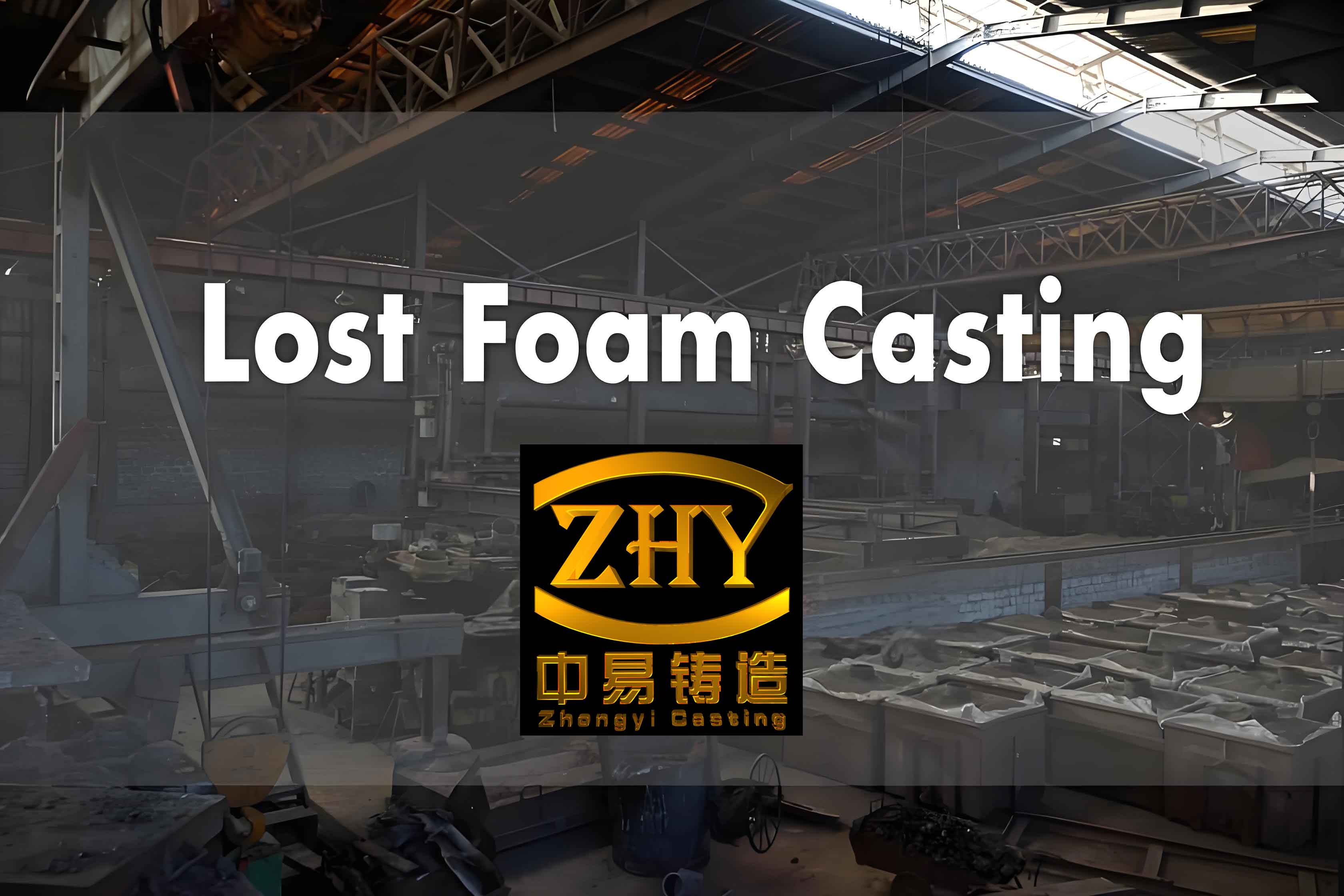
1. Introduction to Lost Foam Casting Technology
Lost foam casting (LFC), also known as evaporative pattern casting, has gained significant traction in manufacturing industries due to its advantages over traditional sand casting methods. Key benefits include reduced environmental pollution, enhanced design flexibility, lower labor intensity, and superior dimensional accuracy. These attributes make lost foam casting particularly suitable for producing complex components such as flywheel housings, which require high precision and repeatability.
Since the expiration of lost foam casting patents in the 1980s, the technology has evolved into a mature process, widely adopted for automotive and machinery components. However, challenges persist, especially in minimizing defects like sand inclusion, porosity, and sand wash during the casting of thin-walled and structurally intricate parts like flywheel housings. This study focuses on identifying root causes of these defects and proposing targeted solutions through process optimization.
2. Common Defects in Lost Foam Casting of Flywheel Housing
2.1 Sand Inclusion
Sand inclusion occurs when loose sand adheres to the metal surface during pouring, forming a mechanical mixture of sand and metal. In flywheel housing production, this defect is prevalent at the top cavity due to inadequate sand compaction.
Root Causes
- Insufficient sand filling at the top cavity.
- Narrow spacing between adjacent patterns (original: 80 mm), leading to weak sand compaction.
Optimization Measures
- Adjust Pattern Orientation: Rotate the flywheel housing to position the motor hole upward, ensuring better sand filling.
- Increase Pattern Spacing: Expand the gap between clusters from 80 mm to 120 mm to enhance sand density.
Production Validation
| Parameter | Original Process | Optimized Process |
|---|---|---|
| Pattern Spacing | 80 mm | 120 mm |
| Sand Compaction | Poor | Uniform |
| Defect Rate | 20% | 0% |
After implementing these changes, sand inclusion was entirely eliminated in mass production.
2.2 Porosity
Porosity manifests as subsurface voids with oxidized surfaces, primarily at the motor hole of the flywheel housing. This defect arises from trapped gases generated during foam decomposition.
Root Causes
- Low pouring temperature (1,430–1,440°C) causing incomplete foam degradation.
- Excessive coating thickness (20 mm) at the motor hole, blocking gas escape.
- Inadequate vacuum pressure (-0.025 MPa).
- Lack of dedicated vents at the top cavity.
Optimization Measures
- Increase Pouring Temperature: Raise to 1,450–1,460°C.
- Reduce Coating Thickness: Decrease from 20 mm to 0.5 mm.
- Enhance Vacuum Pressure: Adjust from -0.025 MPa to -0.045 MPa.
- Add Venting Channels: Install 50×30×5 mm venting strips at the motor hole.
Production Validation
| Solution | Defect Rate Reduction |
|---|---|
| Higher Temperature | 20% → 4/20 defects |
| Thinner Coating | 25% → 5/20 defects |
| Stronger Vacuum | 15% → 3/20 defects |
| Venting Strips | 0% → 0/20 defects |
Adding venting strips proved most effective, achieving a 100% defect-free outcome.
2.3 Sand Wash
Sand wash occurs when high-pressure molten metal erodes the coating, allowing sand to enter the mold cavity. This defect is common near the gates of flywheel housing castings.
Root Causes
- Low coating strength at gates (1.5 mm thickness).
- Excessive pressure at ingates due to inadequate gate numbers.
Optimization Measures
- Increase Coating Layers: Apply three coating layers (2.2 mm total thickness).
- Add Additional Gates: Expand from 3 to 4 gates for pressure distribution.
Production Validation
| Solution | Defect Rate Reduction |
|---|---|
| Extra Coating | 12% → 6/50 defects |
| Additional Gates | 0% → 0/50 defects |
Adding gates resolved sand wash entirely by balancing metal flow pressure.
3. Process Optimization Strategies
The following table summarizes key measures for defect mitigation in lost foam casting of flywheel housing:
| Defect Type | Root Cause | Solution | Result |
|---|---|---|---|
| Sand Inclusion | Poor top-cavity sand compaction | Rotate pattern; Increase spacing | 0% defect rate |
| Porosity | Trapped gases | Add vents; Adjust temperature | 0% defect rate |
| Sand Wash | Coating erosion at gates | Add gates; Thicken coating | 0% defect rate |
4. Case Study: Flywheel Housing Production
A detailed analysis of the flywheel housing (material: HT250, weight: 22 kg, dimensions: 440×440×220 mm) highlights the interplay between process parameters and defect formation.
Key Parameters
- Pouring Temperature: 1,450–1,460°C (optimized).
- Vacuum Pressure: -0.045 MPa.
- Gate System: 4 gates (60×8 mm each) for balanced flow.
Quality Metrics
| Metric | Before Optimization | After Optimization |
|---|---|---|
| Scrap Rate | 20–30% | 0% |
| Dimensional Accuracy | ±1.5 mm | ±0.5 mm |
5. Conclusion and Future Perspectives
Through systematic adjustments in lost foam casting processes—including pattern orientation, vent design, and gate optimization—critical defects in flywheel housing production were eradicated. Future work should focus on:
- Automated Sand Compaction: To ensure uniform density in complex geometries.
- Advanced Coating Materials: To enhance gas permeability and thermal resistance.
- Real-Time Monitoring: Using sensors to track temperature and pressure during pouring.
The success of this study underscores the importance of iterative testing and holistic process design in advancing lost foam casting technology for high-performance components like flywheel housings.
